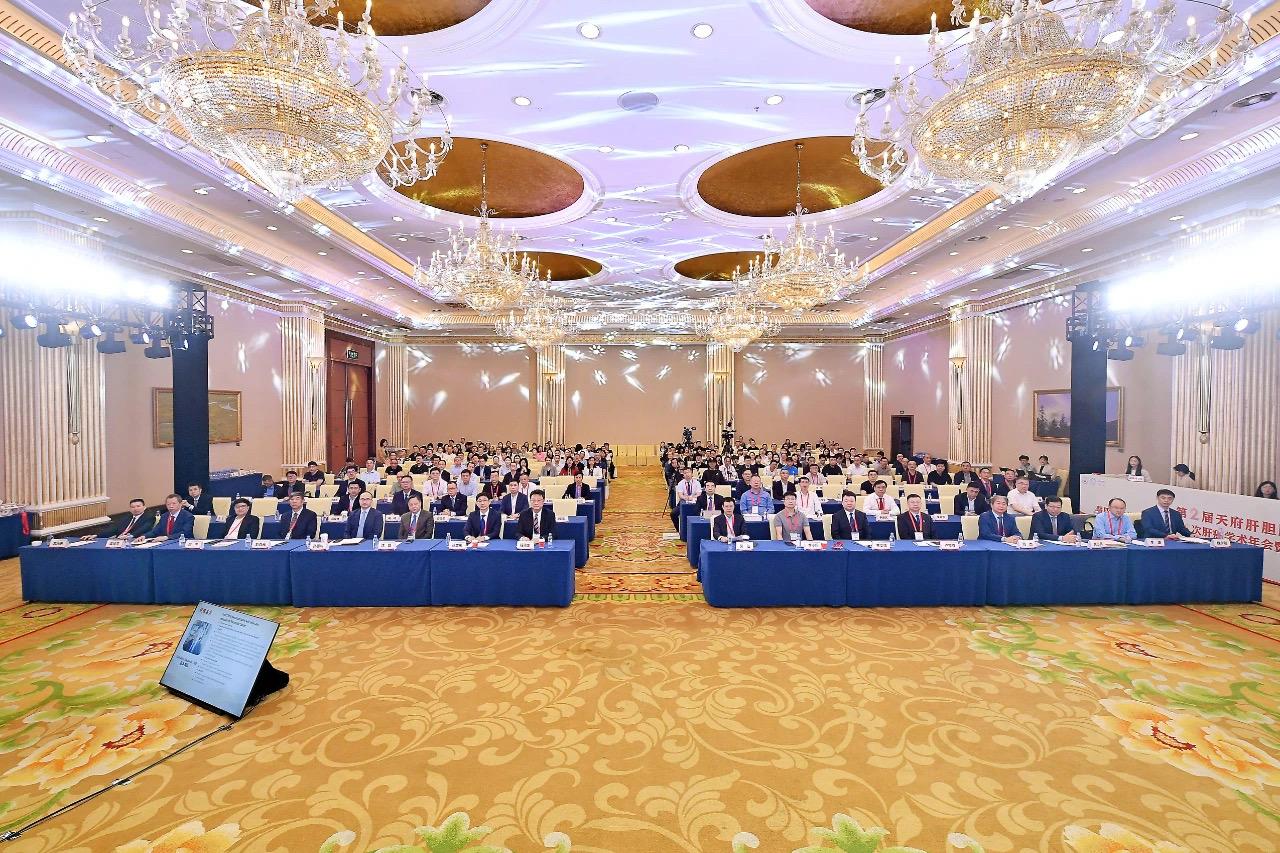China's Liver Cancer Standardization Action, the Diagnosis and Treatment Guidelines for Primary Liver Cancer (2024 Edition) Tour and the China Liver Cancer Medical Quality Control Action Dean's Forum Have Successfully Concluded

The China Hepatocellular Cancer Standardization Action and the "Diagnosis and Treatment Guidelines for Primary Hepatocellular Cancer (2024 Edition)" Tour and the China Hepatocellular Cancer Medical Quality Control Action Dean's Forum were recently held in Shanghai, with the aim of transmitting advanced quality control management experience, promoting the standardization of liver cancer diagnosis and treatment in China, and improving the level of liver cancer prevention and treatment. Nearly 100 deans and clinical experts, as well as over 12,000 clinical doctors online, gathered on site to engage in in-depth discussions and exchanges on the latest concepts, technologies, and methods of standardized diagnosis and treatment for liver cancer.
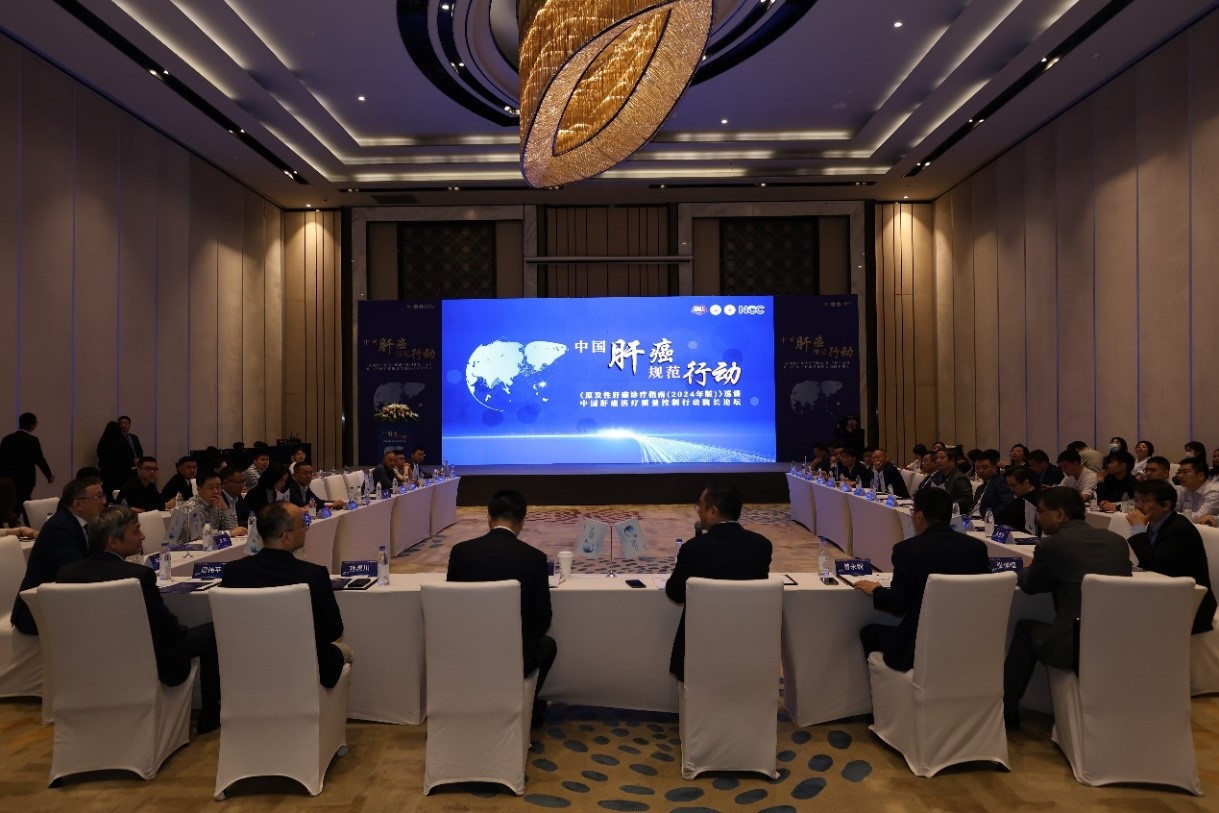
In the "Standardized Frontline" section of the guide tour, Professor Chen Yongjun, Director of the Hepatobiliary Surgery Department of Ruijin Hospital Affiliated to Shanghai Jiao Tong University School of Medicine, presented a themed report on the "Screening and Diagnosis Chapter of the Interpretation of the Diagnosis and Treatment Guidelines for Primary Liver Cancer (2024 Edition)". Director Chen pointed out that early diagnosis and treatment of liver cancer patients are the key to achieving long-term survival. Although the existing AFP+ultrasound imaging detection methods are routine clinical detection methods, there are obvious shortcomings in detecting very early small liver cancer. He further introduced that the detection rate of miRNA7™ in very early liver cancer is as high as 86.1%, which is 30% higher than the traditional marker AFP; The sensitivity and specificity for AFP negative liver cancer were 77.7% and 84.5%, respectively, which were significantly better than the detection of traditional biomarkers. In addition, he proposed that stratified management of high-risk groups for liver cancer based on the risk of liver cancer occurrence is an important cornerstone for improving early diagnosis of liver cancer. For high-risk groups, it is recommended to undergo routine screening every 3-6 months according to the guidelines.
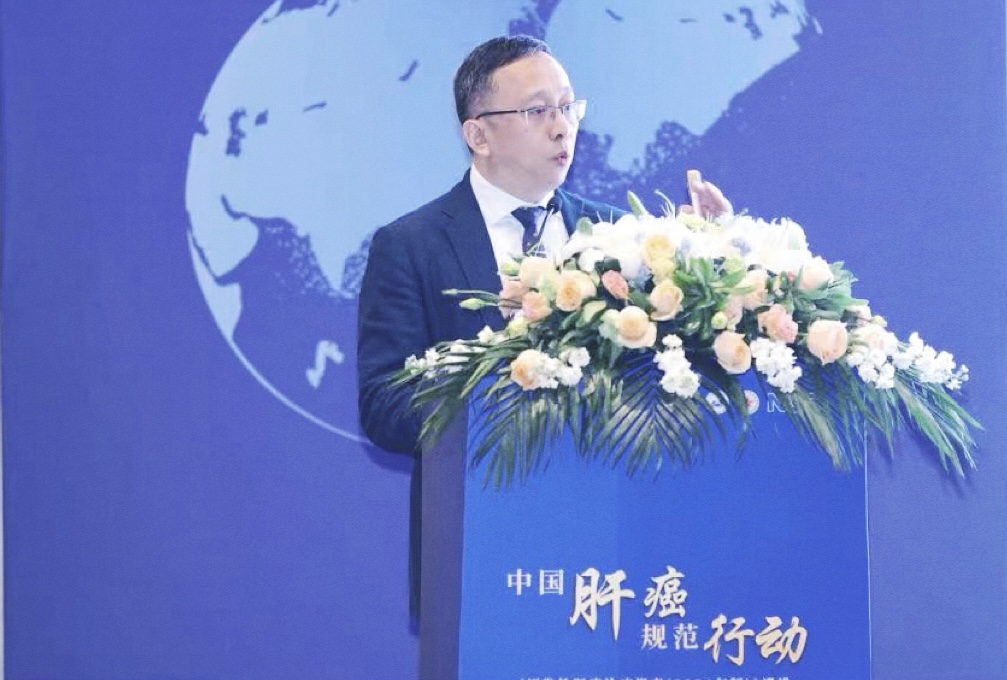

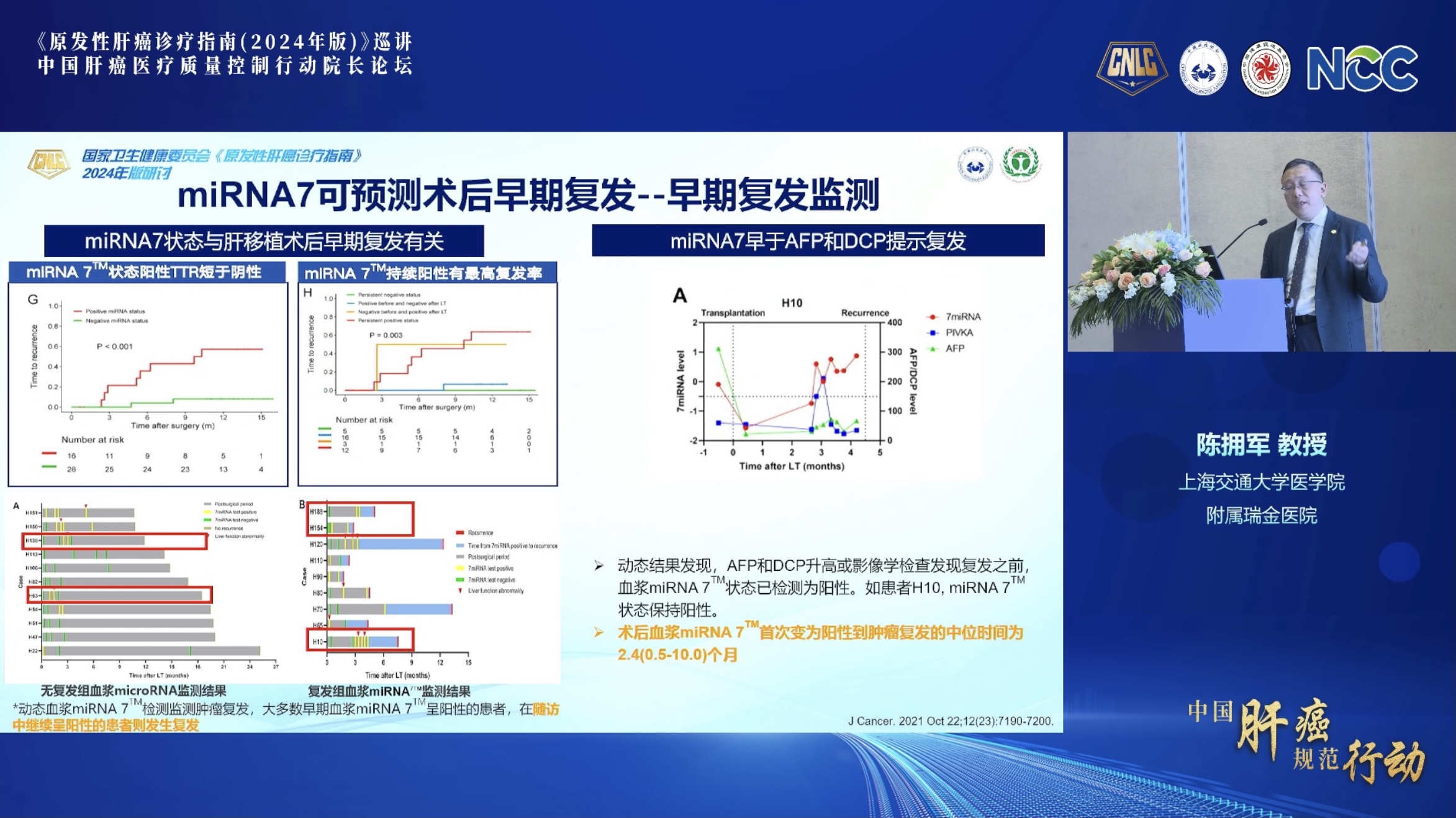
Subsequently, in the process of "discussing norms with experts - deployment of troops under the guidance of the new guidelines", Professor Huang Liang from the Department of Hepatology at the Third Affiliated Hospital of the Naval Medical University, Professor Li Gang from the Department of Hepatology at the Changhai Hospital of the Naval Medical University, Professor Hou Hui from the Department of Hepatology at the Second Affiliated Hospital of Anhui Medical University, Professor Li Shuangxi from the Department of Hepatology at the Second Affiliated Hospital of Kunming Medical University, Professor Shi Ding from the Department of Infectious Diseases at the First Affiliated Hospital of Zhejiang University, and Professor Zhou Bin from the Department of Hepatology at the Second Affiliated Hospital of Wenzhou Medical University jointly conducted in-depth discussions and exchanges, and provided valuable experience and inspiration. Experts highly agree that early detection and diagnosis of liver cancer is one of the important means to improve the survival rate of liver cancer patients, and the sensitivity of traditional testing method like AFP in early liver cancer is limited, and there may be a 30% -40% probability of false negatives, while there is still a high detection rate of miRNA7™ for patients with extremely early liver cancer and AFP negative liver cancer, which can greatly reduce the occurrence of missed diagnosis. Finally, experts stated that miRNA7™ demonstrates significant advantages in the full process management of liver cancer, and they look forward to seeing more multicenter prospective studies conducted on miRNA7™ in the future, to help it realize greater clinical value and benefit more patients and high-risk populations. It is also hoped that the country can provide more policy support for early detection of liver cancer in the future.
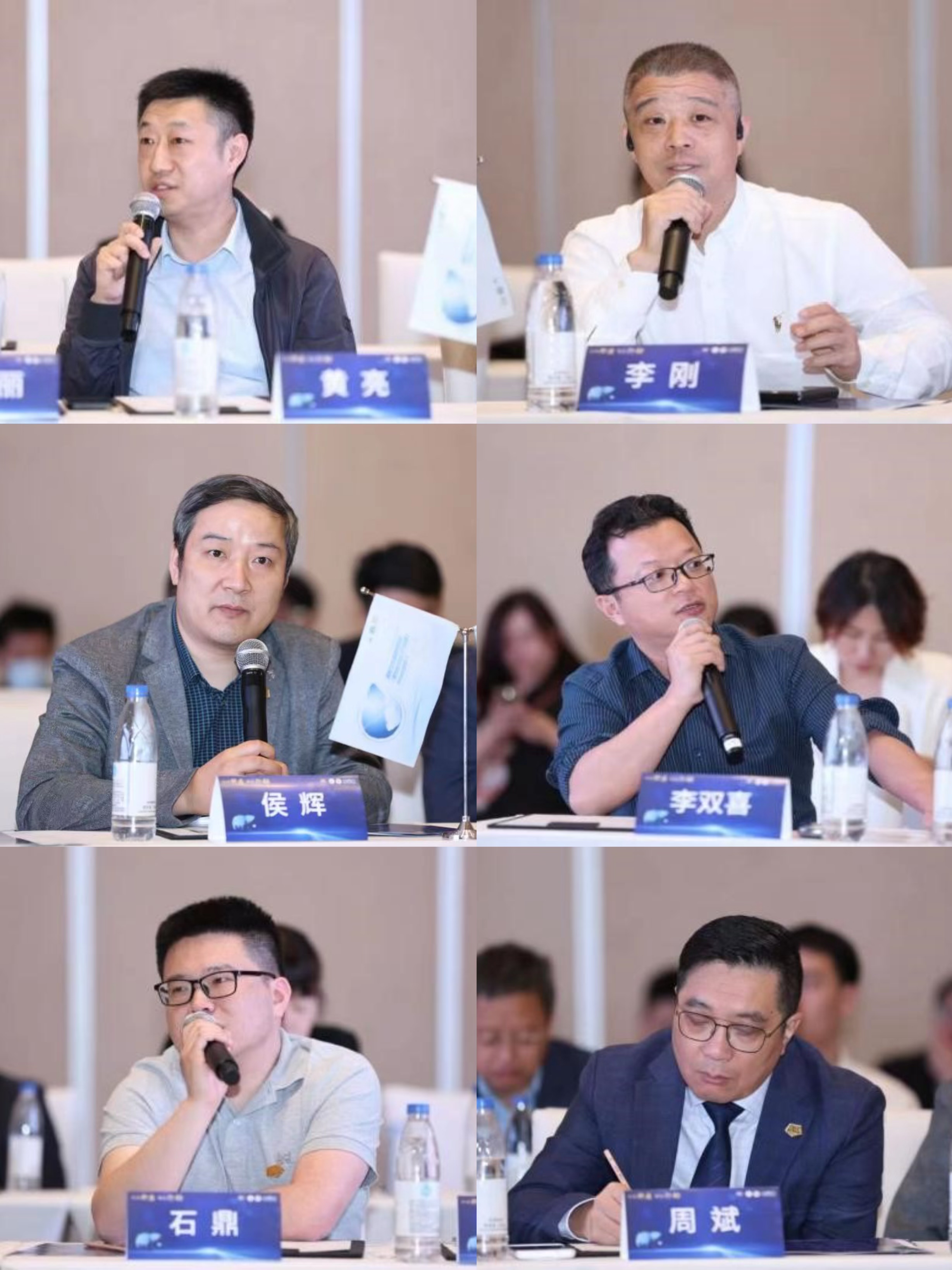
Through the presentation and interpretation of the content of this tour, tens of thousands of clinical experts attending the conference have gained a deeper understanding of the updated key points of the new version of the "Guidelines", and have also raised their awareness of miRNA7™ and gained a deeper understanding of its application and value in clinical precision diagnosis and treatment. We believe that with the promotion and implementation of standardized processes for liver cancer diagnosis and treatment in the future, it will promote the homogenization of medical levels in various regions of China, improve the treatment effectiveness and quality of life of more liver cancer patients, and help China's liver cancer diagnosis and treatment level reach a new height.

